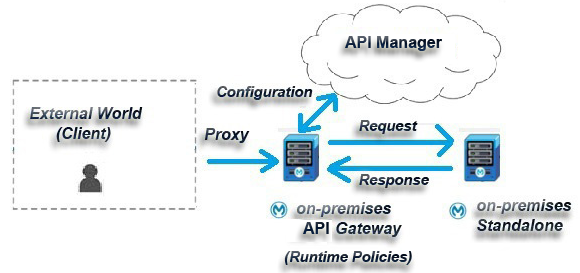

- #Jamf pro api examples how to
- #Jamf pro api examples software
- #Jamf pro api examples code
- #Jamf pro api examples password
Jamf Software’s Jamf Pro server (JPS) provides an Application Programming Interface, or API, to interact with the JPS database. As a Jamf developer, you can reach out to us at Let us know about any functionality you’d like us to add by submitting or up-voting a feature request on Jamf Nation.Like a loyal droid, your Jamf Pro server wants to help! (Episode III) As a Jamf customer you can get API support through the standard support process. Have something you need to do but can’t? Just let us know, we’re here to help. Jamf Pro has an extensive set of privileges for accounts which gives the ability to get very specific to ensure security around the API. One critical aspect of doing so is to make sure to create a dedicated account for each script that can access Jamf Pro, and to configure that account with the least required amount of privileges. But be careful and use some good security practices.
#Jamf pro api examples password
Pass a username and password to the right endpoint and you’ll get things done quickly, as you can see in the above examples. Sharing data from Jamf Pro can be pretty easy. Make sure scripts are using service accounts, not your administrative account! Use any of these tools to accelerate your development against the Classic API.

#Jamf pro api examples software
Grab an SDK (of sorts)Īn SDK, or Software Development Kit, is a set of development tools that allow people that write software to create applications for their development platform. Keep in mind that JSON is only supported for retrieving information from the Classic API, you’ll still need to use XML to perform PUT, POSTS, or DELETES. To do so, simply set the Accept header to “application/json”. Luckily, the Classic API supports receiving output in JSON. If so, then you likely don’t want to have to import libraries and modules for dealing with XML. Many of our customers and partners who are scripting events to run on a Mac will already have toolsets for parsing and serializing objects in JSON. Postman allows you to easily generate, save and parse API requests directly within a simple interface. Postman is an API development tool that is quickly becoming the de facto standard for building and interacting with REST APIs. That’s why we recommend downloading Postman ( ) to take things to the next level. While cURL is a quick and easy way to get started interacting with the Classic API, it can become a little cumbersome to use after a while. You should see an XML response that includes a listing of all computers in your Jamf Pro server.
#Jamf pro api examples how to
Here is an example of how to use cURL to interact with the “Computers” endpoint of the Classic API: curl -s -u myserviceaccount:mypassword It’s very useful and convenient to use for interacting with APIs. cURL is used to get or send data using a variety of different protocols. MacOS comes with a great little command-line tool called cURL.
#Jamf pro api examples code
In addition to the API Reference, you’ll find some general documentation around how the Classic API functions and also some code samples that show how to perform common tasks in the API.


 0 kommentar(er)
0 kommentar(er)
